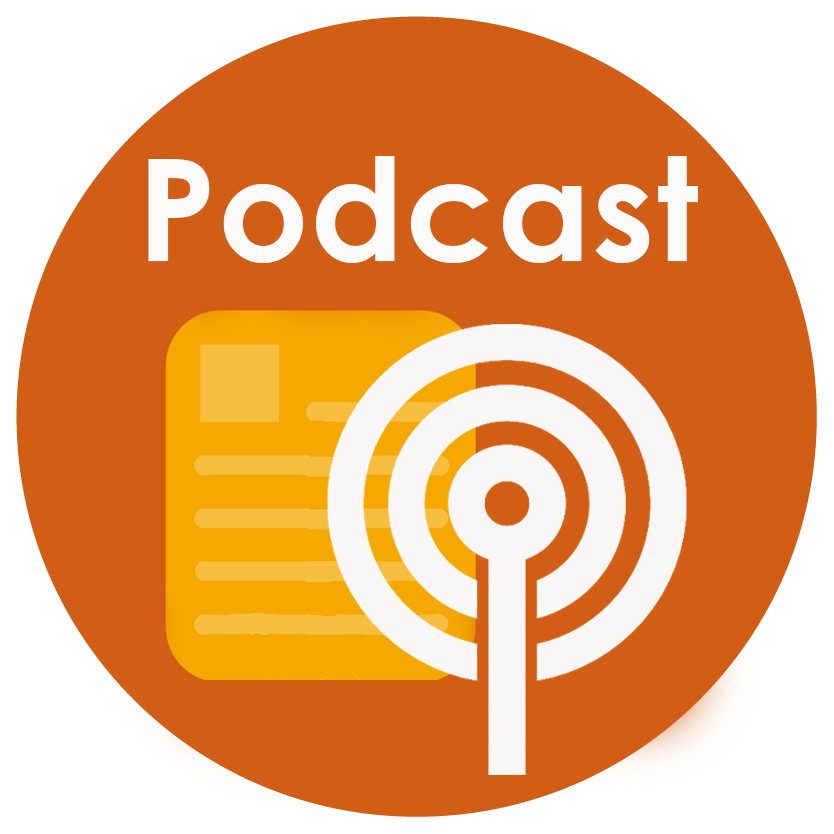
Volume XLIII, No. 7 | March 4, 2021
Instructional Scaffolding in the Tutoring Center: A Student Support Approach
Like most people, the earliest form of instruction I received in grade school could be typified as objectivism. The teacher stood at the front of the classroom, usually with an overhead projector, and disseminated information for us to write down and later be tested on. Desks were arranged in rows and hands were raised when a question was to be asked. The teacher was our source for knowledge in all things academia. However, the real learning came in the form of collaborating with my colleagues. My peers and I would share notes and discuss topics and would “re-explain” material to frame it for our juvenile minds. Statements like, “He said to do it this way, but…” and “How did you get that answer?” allowed us to recreate the information we had been taught, adjust it to better suit our understanding, and then–click!–the lightbulb would come on. We did not know it at the time, but we were engaged in a constructivist model of learning, where the transference of knowledge was self-paced, thus allowing the information previously discussed by the teacher to solidify in our minds.
The system of instructional scaffolding we have implemented at Texarkana College draws its origins from the same kind of constructive model of learning that many of us have experienced throughout our academic lives. The Glossary of Education Reform defines scaffolding as, “a variety of instructional techniques used to move students progressively toward stronger understanding and, ultimately, greater independence in the learning process.” This definition is the heartbeat of what we do at the Texarkana College tutoring center. Our instructors do a tremendous job in educating our students, and it is our belief that the supporting role tutors play helps solidify the learning process.
Fostering Success in the Tutoring Center
In order to provide a support structure for students, we first ensure that our tutors are well equipped to perform their jobs. Each of our tutors attended Texarkana College and obtained an associate’s degree. We classify their position as Peer Tutors. They have been through the courses that students currently find themselves taking and are able to empathize and relate to students’ position in the learning process. Our purpose in establishing this rapport is to create a collaborative environment in which students and peer tutors engage in effective communication, thus ensuring that tutoring is conveyed with precision.
We encourage a hands-on approach in our instructional process. We believe that verbalizing and visualizing the learning process creates a more stable connection when reinforcing educational material. Our tutoring center has dry-erase boards placed strategically around the space so if a student has a math question, the equation is written on the board and discussed step-by-step. In keeping with the technological times, we have a 65-inch screen connected to a computer if a student prefers working through the problem on the computer. Regardless of the preferred method, the student can establish muscle memory by writing the equation and discussing the steps while solving the problem.
Our one-on-one tutoring provides a personalized learning experience for students. We strive to find a communication style that best assists each learner by requesting feedback from the learner. The tutors ask, “Does that make sense?” or “This is how I was able to solve this problem when I was taking the course.” Rather than simply invoke one style of tutoring, we seek to understand what works best for each student. Do they prefer in-person support, or would a session via Microsoft Teams provide a better learning experience? Do they understand the question being asked? Tutors often ask students to read the question aloud and ask them to explain what it means to them. Sometimes, reframing a sentence or question can help unlock a student’s understanding.
In seeking to first establish the collaborative environment, our hope is that we can gain students’ trust. If properly established, a constructivist approach to learning begins to take hold. This building-block methodology proceeds at each student’s pace and allows them to frame new material with their existing foundational knowledge. Our goal is not to try to fundamentally alter their approach to learning, but rather to act as the facilitator by guiding them to question and take responsibility for their education.
If we are successful in supporting our students, then we will have provided them with the following attributes and services: (1) A better understanding of how they learn; (2) a supportive environment in which to ask their questions; (3) confidence in their ability to communicate their academic needs; and (4) the knowledge that our institution is dedicated to their academic success. And so, the structure on which to build their educational future is firmly supported by our team of tutors and the instructors who drive the learning process.
Conclusion
The ideas presented in this article and the actions we exhibit at our tutoring center are not groundbreaking. They alone will not cause a paradigm shift at your institution. But by taking small steps toward fostering a love for learning and collaboration in students, we prepare them to enter the workforce with the skills and knowledge necessary to make a difference in their communities. And as a community college, is that not our purpose? We certainly believe it is.
Michael Lance Whisenant, Student Support Services Coordinator
For further information, contact the author at Texarkana College, lance.whisenant@texarkanacollege.edu.




Leave A Comment
You must be logged in to post a comment.